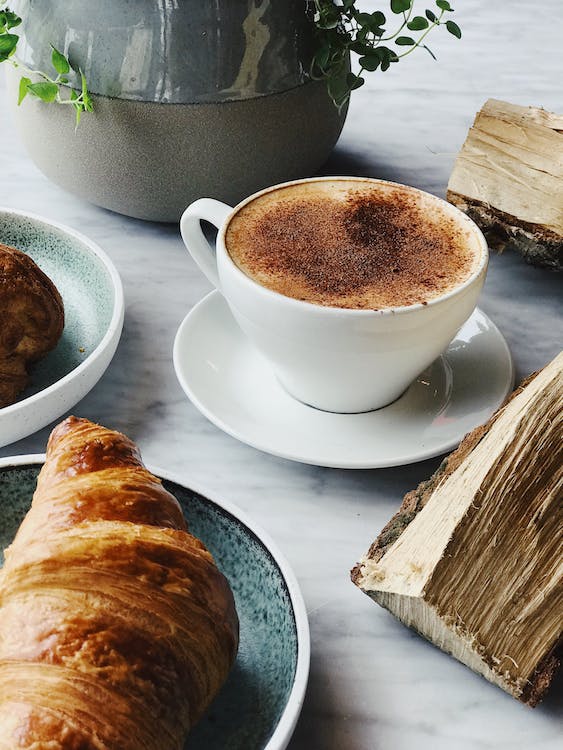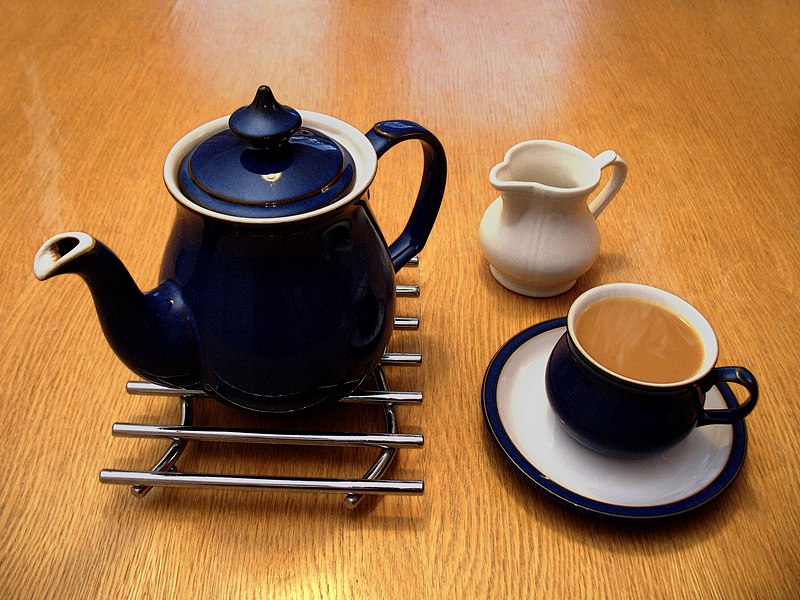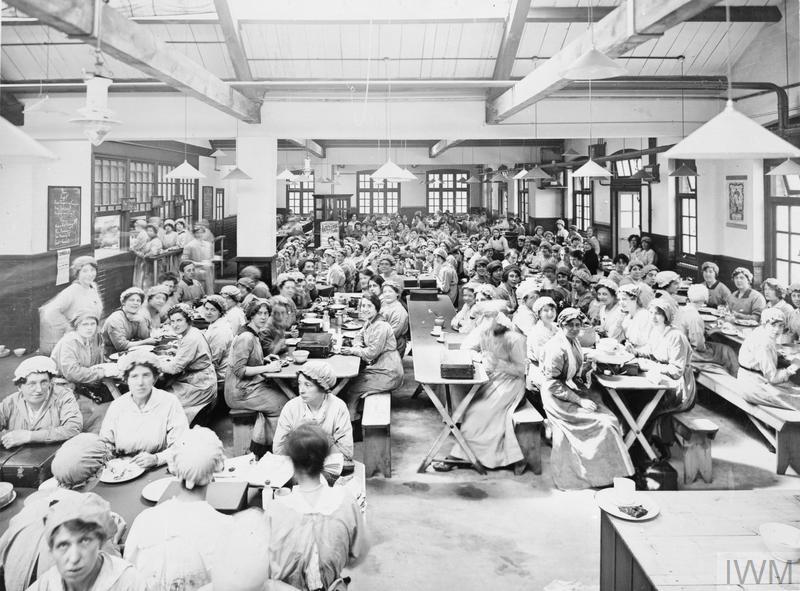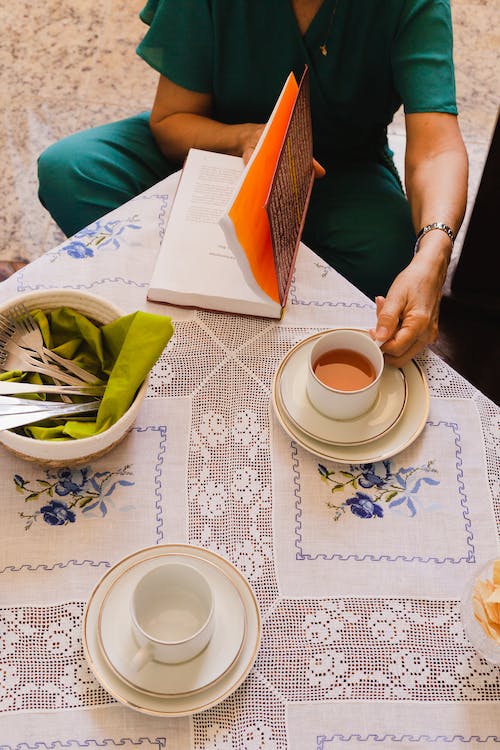Introduction
With an average annual per capita supply of 1.9 kilos (4.2 lbs.), the United Kingdom has been one of the world’s major consumers of tea since the 18th century. In Europe, tea was once a beverage for the upper classes, but it ultimately became popular among all classes. It is still regarded as a crucial component of British identity and a distinctive aspect of British culture and society.
There are many tea blends and preferences throughout the UK and Ireland; while most teas are served with milk, some are also often consumed black or with lemon. Every kind enjoys the addition of sugar. Everyday tea, such as English breakfast tea, is frequently served in a cup with milk and sugar. Tea is frequently served with sandwiches, crumpets, scones, cake, or biscuits, which gave rise to the well-known British tradition of dipping a biscuit in tea.
History
The history of tea in the UK is inextricably entwined with the colonial past of the nation and its connections to China and India. Early in the 17th century, tea was first brought to the UK, but it was not until the 18th century that it gained popularity.
In the UK’s upper classes throughout the 18th century, tea evolved into a fashionable beverage that was frequently offered at high society gatherings. Tea gardens, which were outdoor areas where people might congregate to chat and drink tea, also became more prevalent during this time.
The UK imported a lot of tea from China and India throughout the 19th century as the country’s tea consumption increased. As a result, tea merchants and importers were established, and they were crucial in forming the nation’s tea culture.
Tea breaks started to become a regular part of the workday at this time, and tea also started to play a significant role in British working-class society. Between lunch and supper, tea is traditionally offered, and this custom is spread to the upper and middle classes.
Tea usage in the UK increased over the 20th century, making it the most widely consumed hot beverage there. Today, many individuals start and end their days with a cup of tea, which is a significant element of British culture. Market data indicates that the UK drank almost 100 million cups of tea daily in 2019.
Black tea has also been blended and produced for a very long time in the UK, which is also the location of several tea firms, including Twining and Tetley.
Brewing the Tea
It is acceptable to use cups and saucers rather than mugs even at semi-formal parties. The following is an example of a typical British tea routine:
- Fresh water is used to boil the kettle.
- The teapot is heated with just enough boiling water before being emptied out.
- The teapot is filled with tea leaves, either black tea bags or loose tea in an infuser.
- Tea leaves, an infuser, or bags are placed in the pot with freshly boiled water and left to brew for two to five minutes.
- If using loose tea, the tea is poured into the cup using a tea strainer that is put on top of the cup. Once the appropriate strength is reached, the infusers or tea bags may be removed. To keep the tea warm, a tea cozy can be placed on the pot.
- White sugar and milk (typically in that sequence) may be added, however, milk may be added to the cup before the tea.
Usually, there will be enough tea in the pot once everyone’s cups have been filled. If so, the tea warmer is changed after each person has been served. A second pot of hot water that is only used to top off the pot and never for individual cups may be given.
Most Popular Tea
Well, the British are huge tea fans. In England, black tea is most often used and purchased. This tea is widely available in general stores, and guests are frequently given this option while visiting houses.
Earl Grey
This tea was originally black tea, but when new tea varieties were discovered, it was categorized as a different kind of tea due to its distinctive flavor. The infusion period for this tea is longer, and it is commonly served without milk. It is commonly created by injecting bergamot oil into it to mask its harshness and increase its therapeutic benefits.
Finding the correct selection of Earl Gray in Britain might be challenging because of the variety of Earl Gray variations. The best way to obtain this tea’s quality is to choose loose tea rather than regular teabags. It is really challenging to find the best Earl Gray tea. With so many variations available, choosing the best Earl Gray for your palate may be a time-consuming and expensive process. Regardless of personal preference, tea lovers always combine Earl Gray with bergamot oil’s distinctive flavor and aroma. Numerous health advantages exist with this tea.
Green Tea
Today, heightened interest in green tea can be attributed to the recent trend toward wellness. Tea suddenly gained popularity again since it has been shown to offer several health benefits. Its less harsh and energizing flavor is quite fine without the need for improvement. Even the fragrance of a typical plant makes you feel normal and sound when drinking it. Depending on how much oxidation it has undergone, the preferences and odors might vary greatly.
Oolong
This Chinese tea is typically consumed in the form of loose leaves. Depending on the regular flavors that are added during the manufacturing process, it has varying tastes. This tea is particularly expensive because it has a complex interplay of readiness. It is therefore an ad hoc beverage. However, it is still highly recognized in the UK.
Tea as a break
British employees are required by law to take a minimum of twenty-minute break every six hours; this is referred to in government guidelines as “a tea or lunch break”. When taken in the morning, this is sometimes colloquially known as elevenses, served about 11 a.m. Throughout a brief tea break during the workday, a mug of builder’s tea is frequently observed.
Tea as a meal
Tea is the name of a small supper in addition to the beverage. It was developed in 1840, according to Anna Maria, Duchess of Bedford. Teahouses and tea rooms began serving cakes or a little lunch with their tea. Cream teas, which come with scones, clotted cream, and jam, are a specialty of the West Country. In modern British use, afternoon tea typically denotes a special event, sometimes in a hotel dining room, with little sweet pastries and savory appetizers (tea sandwiches). After Alfred Bird’s invention of baking powder in 1843, which allowed the sponge to rise higher in cakes, a patriotic cake, Victoria sponge, was produced and named after the Queen. Queen Victoria was known to love sponge cake with her afternoon tea.
A tea party is a gathering of friends for tea, typically in a private house.
A hot, savory meal eaten in the early evening is sometimes referred to as tea or high tea. This use is widespread in Northern England, Scotland, and Northern Ireland as well as in working-class British English. Australia and Ireland have both used it internationally.
Tea Cards
From the 1940s through the 1980s, many types of loose tea were marketed in packets in the United Kingdom and contained tea cards. Children were supposed to collect these illustrated cards, which were about the same size as cigarette cards. Typhoo tea and Brooke Bond cards, the latter of which also offered albums for collectors to put their cards in, were two of the most well-known. The card was a dividend (“divvy”) against the cost of the tea under the Brooke Bond Dividend D brand.
The cards’ illustrations were created by several well-known painters, including Charles Tunnicliffe. Numerous of these card collections are now sought-after collectibles.
Conclusion
Today, tea remains a popular beverage in the United Kingdom, with a variety of regional and traditional tea-drinking customs. Understanding the history of tea in the UK might help one understand the beverage’s cultural and economic significance. It can also provide insight into how tea has changed and developed throughout time.




